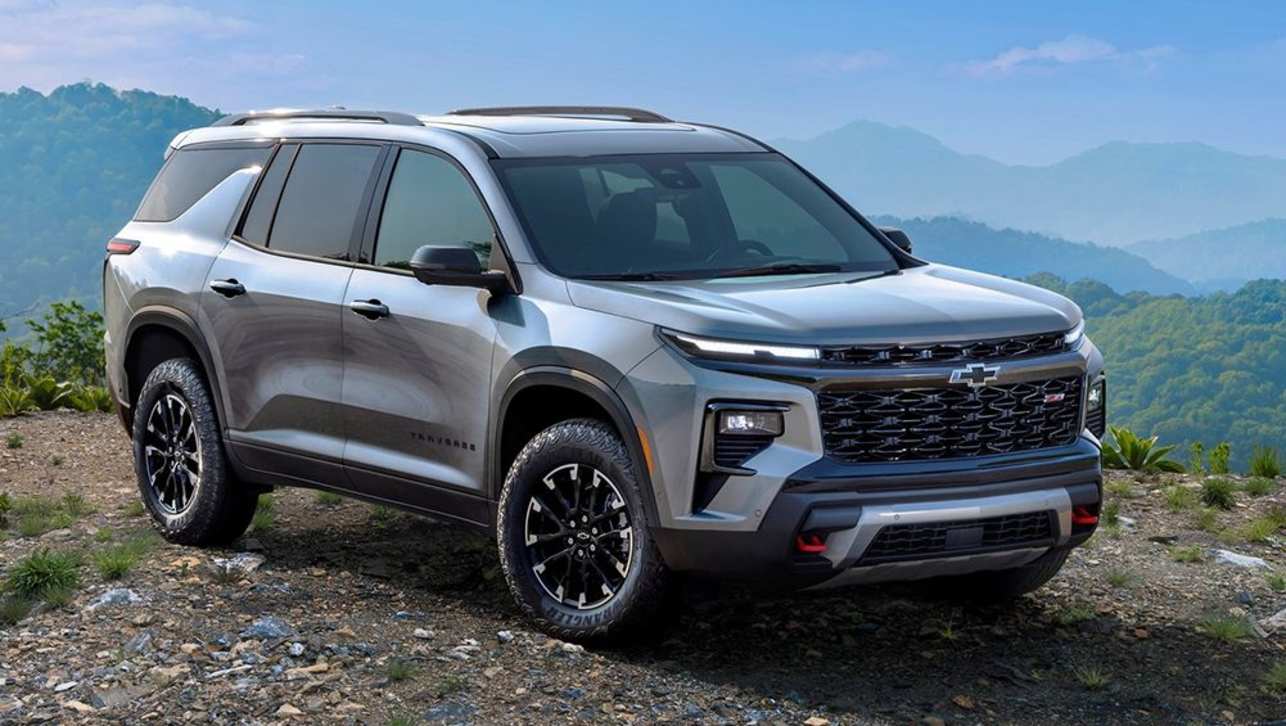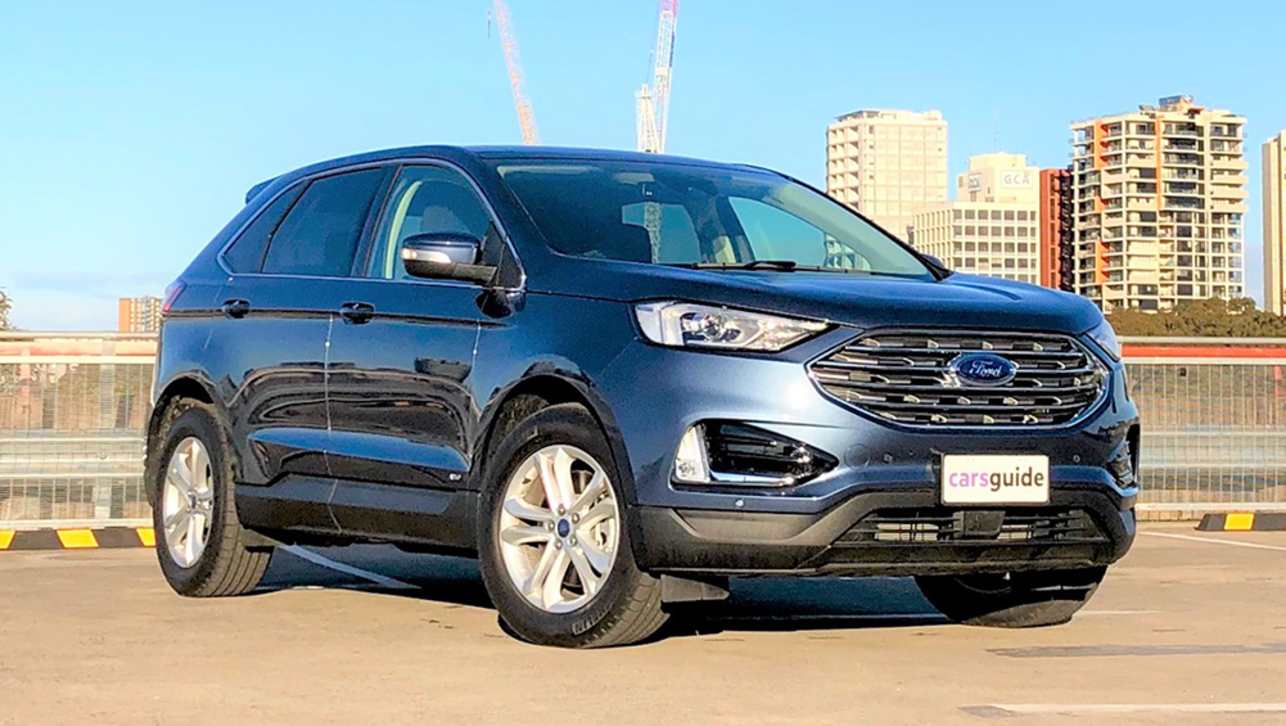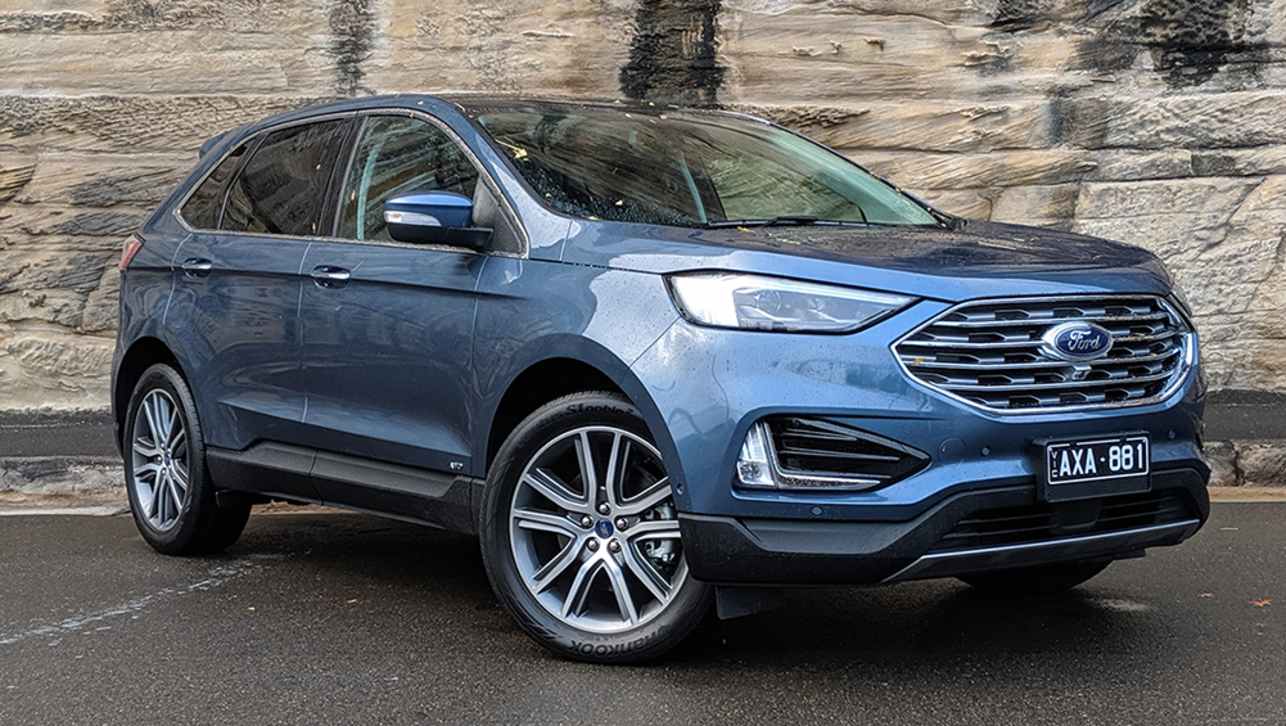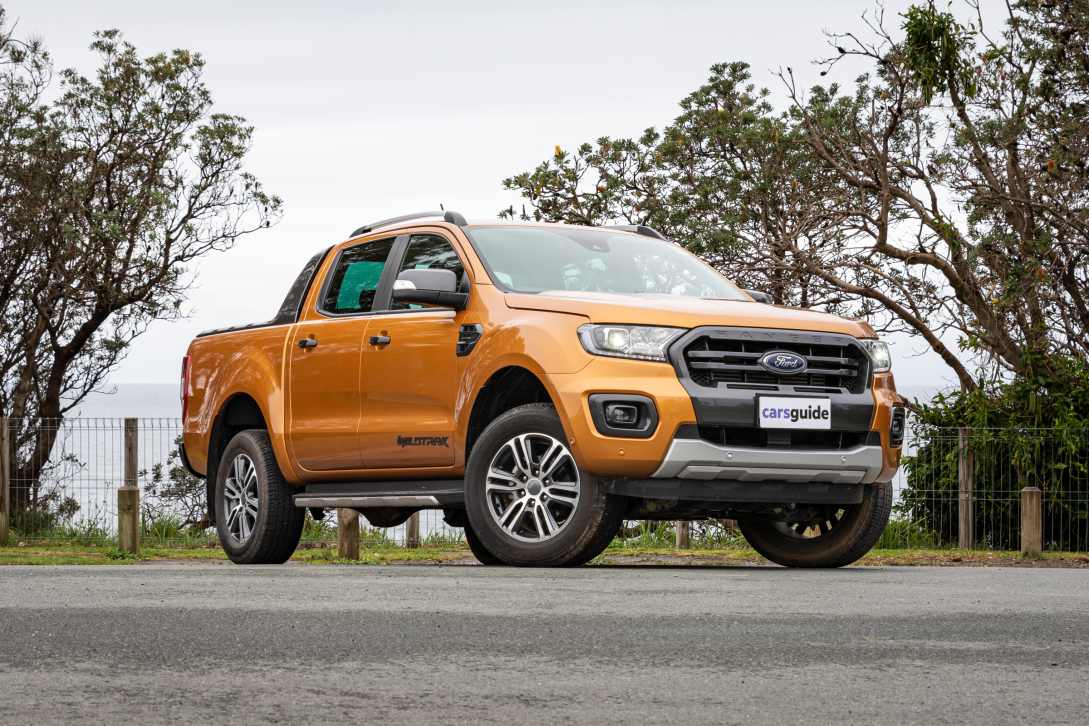All were meant to be sure-fire hits.
A roll-of-the-dice gamble, some involving extensive and hugely expensive re-engineering for our right-hand-drive (RHD) requirements, in return for the promise of strong sales and a healthy return on investment. Especially when most were fundamentally good cars.
Yet, even with the best-laid plans, consumers kept away anyway (for many complicated reasons) resulting in market failures then and – we suspect – maybe a reluctance to return to Australia now.
Maybe? If decades analysing the car industry has taught us one thing, it's that companies – like people – don't want to talk about their mistakes. Perhaps that's why so many are doomed to repeat them.
Here, then, are the failures and how they may have sealed the fate of their successors to never see the light of day in Australia.
Then: Subaru Tribeca (2006-2013)
Now: Subaru Ascent (From 2018)
The slice of what Americans call the "Midsized SUV seven-seater" segment is a massive incentive to invest big, which is what industry minnow Subaru dared to do in the mid-2000s with the B9 Tribeca.
A worthy effort with many redeeming features as it was derived from the contemporary Liberty/Outback series, sales nonetheless tanked. The front styling, meant to evoke aircraft, was extremely divisive – so much so that Subaru was forced to graft a new nose (and enlarge the side rear windows) just two years into its run. Fun fact: luckily, the panels destined for the cancelled Saab 9-6X version were ready to bolt straight on. Phew!
Made only in America and never sold in Japan, the Tribeca actually fared OK in Australia, but – again – there just wasn't the volume here (or in also-RHD South Africa) to justify a direct replacement. And the facelift also flopped in North America. By 2014, when production ceased, barely 80,000 were sold over the SUV's eight-year lifespan.
To put that in perspective, Subaru shifted that many examples of the Tribeca's larger, roomier, more powerful and prettier successor, the 2019 Ascent, in its first year alone.
But after the earlier experience, the accountants said no to RHD. Even though importers Inchcape would dearly love to see a large seven-seater Subaru SUV back in Australia.
Should Subaru roll the Aussie dice again with Ascent? 100%
Then: Ford Endura (2018-2020)
Now: Ford Explorer EV (From 2023)
Based on Wolfsburg's MEB electrified architecture but built by the brand whose badge is on the boot, the Explorer EV (were there no other names, Ford?) is a stylish and sophisticated Blue Oval-penned medium-sized five-seater SUV with the presence and "German engineering" to elevate the company at the forefront of EVs in Australia.
Except... it's for Europe only. Which makes no sense in SUV-crazy, EV-super-curious Australia, especially as by 2026 we'll have two E-Transit models and the coming, smaller Puma Electric imported from there, as well as another as-yet secret EV, anyway.
What's going on then? Is Ford still smarting over the Endura – its last (largish) medium-sized SUV that sold so poorly, it was pulled from Australia after fewer than 3300 sales in two years? The dismal name didn't help. Nor did the diesel-only engine choice, premium pricing (it was imported from Canada) and the fact people expected a Territory replacement to have seven seats, not five.
Anyway, Ford Australia seems to be abandoning the number two vehicle segment altogether, as the underrated Escape (also from Europe) has also bitten the dust. More reason to release the handsome Explorer EV, we reckon. Don't you?
Should Ford roll the Aussie dice again with Explorer EV? 150%
Then: Holden Acadia (2018-2020)
Now: Chevrolet Traverse III (From 2024)
In an alternate reality, where Holden survived and crucial models like the GMC-built Acadia sold up a storm, the handsome third-gen Chevrolet Traverse you see here would probably have been the basis for its mid-decade replacement. Just like the previous one was.
Of course, the US-built seven-seater SUV struggled in Australia, barely managing 3200 sales in its first full year, against 11,300 examples of the ageing Toyota Kluger.
This, and the failure of the Mexican-made, Toyota RAV4-sized Holden Equinox (another Chevy), were just two reasons why General Motors pulled the plug on Holden at the dawn of this decade, and with it any likely early plans for their RHD replacements – including the 2024 Traverse you see here.
This sorry story must still loom large in GM's mind should it ever decide to expand its Australian operations beyond re-manufacturing the Silverado full-sized truck and importing the (factory-RHD) Corvette. The latest round of Chevy SUVs, especially, look great. But then, so must the 2018 Acadia.
In truth, how Holden managed to convince GM to fund RHD development for that back in the mid-2010s is a mystery, given that even established rivals like the Kluger still only managed 15,000 sales annually at that time. The volume just wasn't there to justify the expense back then.
Should GM SV roll the Aussie dice again with Acadia/Traverse? No. The numbers just don't add up.
Then: Toyota Prius Mk4 (2016-2022)
Now: Toyota Prius Mk5 (From 2023)
It's fair to say that while the last Prius from 2016 was so ugly it looked like a poke in the eye, its successor blindsided everybody with its seductive, supercar-inspired styling. It's difficult to recall any model that's undergone such a beguiling aesthetic transformation.
On first viewing, observers were already declaring the 2023 Prius a winner. After all, design sells. It's a car industry maxim. That's why the handsome Holden VT Commodore clobbered Ford's ungainly AU Falcon despite the latter generally accepted as the better family car.
So, when Toyota confirmed that Australia (and the UK) wouldn't be receiving the fifth-gen Prius after it was revealed last November due to dwindling sales of the preceding version, there were howls of protest.
However, the decision is understandable. The 'ugly duckling' Prius' numbers also weren't pretty. Since managing 415 sales in 2016, the figures kept sliding each subsequent year: 274, 235, 180, 95, 77 and just 44 units in 2022.
Of course, in the corresponding years, every Toyota passenger car and non-body-on-frame SUV gained a hybrid option, rendering the premium-priced Prius redundant.
But the Prius Mk5 is a stunner. Enough to reinstate the OG hybrid as a classless statement and sales conquistador of other brands – just like the iconic second-gen version did in the mid-2000s. That ended up finding nearly 1.2 million buyers worldwide over its six-year run.
Given it now has Ferrari looks, should the Prius return to Australia? We definitely think so.






.jpg)
.jpg)

.jpg)




.jpg)
.jpg)
_0.jpg)



















.jpg)


.jpg)

.jpg)




Comments